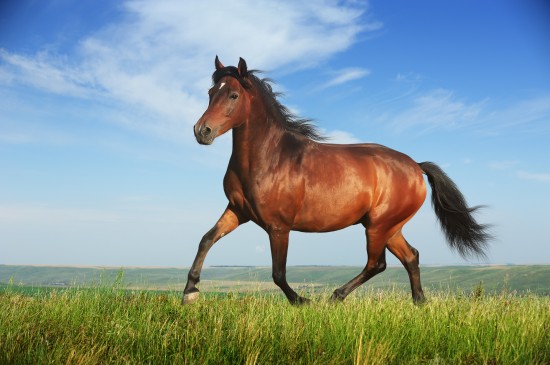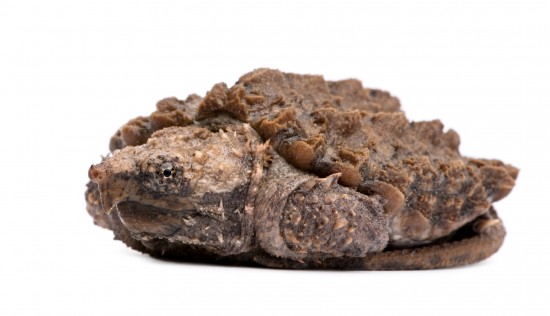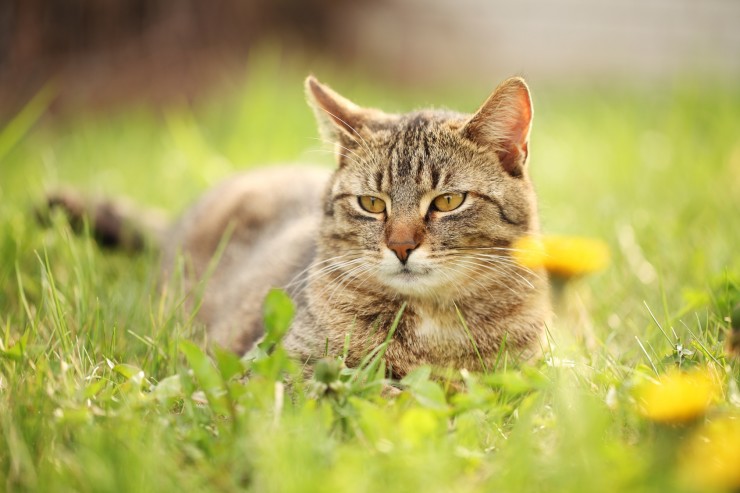
There are several options to consider when it comes to fencing your paddock and in particular the cost of fencing can vary greatly. For most people wooden fences will be the obvious choice. However, vinyl is a cheaper potential alternative which you may wish to consider, particularly as it often requires less maintenance.
As a general rule fences should be at least 5 feet high so that there is no chance of a horse escaping the paddock. Furthermore it is important to ensure the fence is thick enough to stand the weight of a horse should they choose to lean against it. When considering these points it is obviously essential to consider how the size, weight and bread of your horse will influence the dimensions of the fence your paddock requires.
The key to good paddock maintenance is frequently inspecting and looking after the grass. In a perfect world all paddocks would naturally drain perfectly. For those who aren't quite so lucky there is help available.
Often people consider horses to be poor grazers, choosing only a few certain areas of grass and manuring in only specific areas in which they will then never graze. It is for this reason that the grass in your paddock should also be checked regularly for excess horse droppings; especially as this can lead to infection. However, no amount of paddock maintenance can stop overgrazing if the paddock is too small, this is bad for your horses and so you should ideally aim to give each horse approximately 3 acres. Obviously this will vary depending on the size and breed of your horse.
Looking after your grassland is particularly vital during the cold, wet winter months and the very dry months. If the land seems particularly dry you should take action to correct this; for example watering or replacing soil and grass.
Inspecting and treating grass thoroughly will include soil analysis, harrowing, topping, fertilising, re-seeding and correct drainage.
It's important to have the paddock's soil tested prior to fertilising the ground. The pH of the soil will tell you what, if anything, is lacking in your soil. The soil should ideally have a pH level of 6.5. In the event your soil is too acidic, an application of lime will be the best option. Wherever possibly, avoid the use of artificial fertilisers as these can be damaging to surrounding wildlife.
Another important aspect of paddock management is to rotate your horse(s) while grazing. The land should be rested for at least two weeks every few months. If you have limited space this can be achieved by sectioning off small areas of the paddock.
Steve Phillips has children who keep ponies and he is aware of the need for good paddock maintenance. Planning ahead for the year takes the hassle out of this and he invariably relies on GreenPaddocks for advice and support. They also undertake routine paddock topping and other tasks for pasture management.
 Should You Put Your Horse On Loan?
Should You Put Yo
Should You Put Your Horse On Loan?
Should You Put Yo
 Snapping Turtles A Prehistoric Monster In Your Tank
Snapping Turtles
Snapping Turtles A Prehistoric Monster In Your Tank
Snapping Turtles
 Eight Communicable Dog Diseases To Be On The Lookout For
Eight Communicabl
Eight Communicable Dog Diseases To Be On The Lookout For
Eight Communicabl
 Why Do Dogs Love Rolling In Grass?
Why Do Dogs Love
Why Do Dogs Love Rolling In Grass?
Why Do Dogs Love
 Five Safe And Effective Ways To Keep Your Cat Out Of Parts Of Your Garden
Five Safe And Eff
Five Safe And Effective Ways To Keep Your Cat Out Of Parts Of Your Garden
Five Safe And Eff
Copyright © 2005-2016 Pet Information All Rights Reserved
Contact us: www162date@outlook.com